NetEase Yunxin Chen Ce: How the Metaverse Transmission Network achieves ultra-low latency original


Guest: Chen Ce
Written by: Yun Zhao
introduction
The Metaverse is now the next big thing in the global tech industry. In the dazzling variety of application scenarios in the Metaverse, whether it is the somatosensory interactive device in the movie "Ready Player One", or the doctor's use of VR for medical treatment and remote surgery, the strong interaction of the Metaverse is based on the low-latency transmission of data. Synchronize.
At the MetaCon Metaverse Technology Conference hosted by 51CTO not long ago, NetEase Yunxin streaming media technology expert Chen Ce brought us a special speech on "Application of Ultra-Low Latency Transmission Network Architecture in Metaverse Scenarios", focusing on the transmission architecture , edge access, large network transmission, and application to bring you the practice and insights of the Metaverse transmission network architecture. 51CTO also organized the core content of this speech, hoping to help everyone.

NetEase Yunxin's ultra-low latency transmission architecture
From the perspective of data input, the main transmission data types in the metaverse are divided into three categories: control signaling, audio and video data, and VR/AR depth map data.
Control signaling is a control command in a communication system. The data volume of this type of data is small but very important, and none of them can be lost. Audio and video are the experience guarantee for real-time reproduction of real scenes in the Metaverse. Compared with audio and video, the data volume of VR/AR depth map is much larger, usually above 15Mbps. The low-latency transmission of such data is also an important bottleneck for the development of the current metaverse.
In view of these three types of data, in order to “run” Metaverse’s business among global users separated by thousands of mountains and rivers, there are two major problems that need to be solved urgently:
Edge access: The first mile problem is the most complex of all real-time transmission systems, because the real-time network at the edge of users around the world is very different and unpredictable;
Large-scale network transmission: In order to reduce the end-to-end delay of global users, the shortest path of cross-border transmission is a key issue;
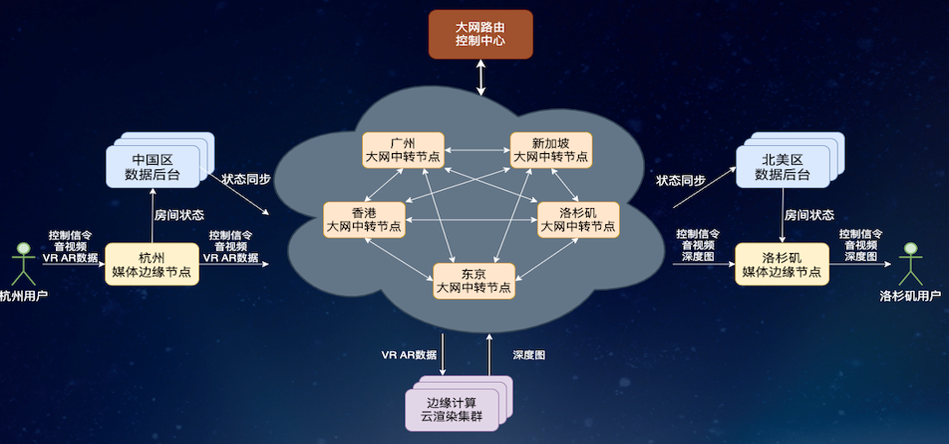
edge access
edge placement
The most direct way to solve user access is to make edge servers closer to users. Therefore, NetEase Yunxin has carried out edge distribution in mainstream countries around the world and in many domestic provinces and cities. At the same time, the network quality of all servers is sorted out every day, and the "horse racing mechanism" between servers is activated to ensure that high-quality servers can be as close to users as possible.
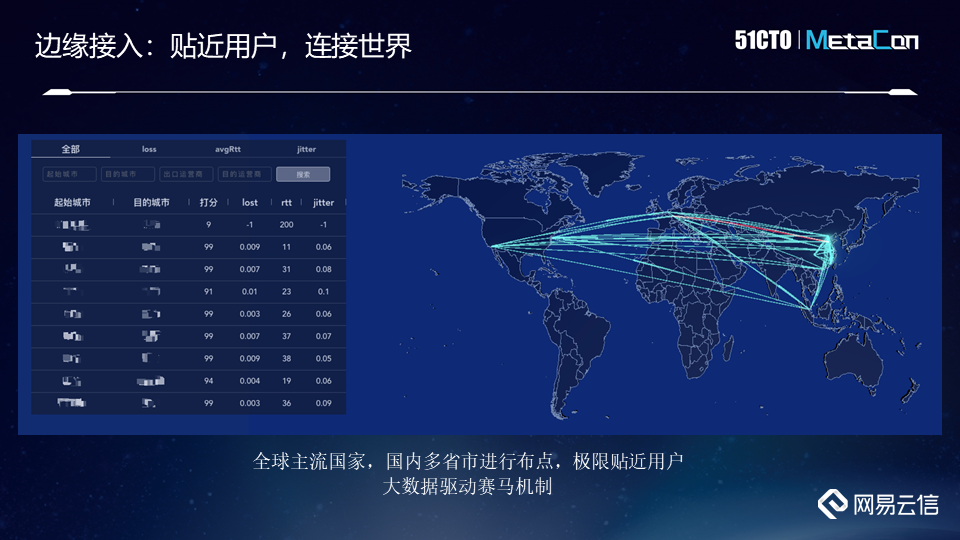
Smart scheduling
After solving the edge placement problem, the next problem is how to schedule users to the optimal node. Maybe this seems to be contrary to the principle of edge distribution. It is obviously close to the user, so why is it necessary to carry out complex scheduling? Due to the complexity of user networks and operators, proximity is not the same as optimal. The most typical example is Southeast Asia. There are a large number of various network operators. Some Indian users are faster and more stable to connect to Singapore nodes than to connect to local Indian nodes.
- Static scheduling: select the nearest node according to the user's geographic location
- User history login success rate: access node whitelist
- User historical business status: indicators such as stall rate, delay, etc.
- Real-time detection: RTT, packet loss rate, jitter
- Traffic aggregation: 95 peak scheduling, amortized traffic
Weak net confrontation
Weak network confrontation is the most complex part of the entire real-time network system. We use different strategies according to different business data and scenarios.
Control signaling: The amount of signaling data is usually small, but the priority is very high. We use QUIC for transmission, and add high redundancy, which can resist 80% packet loss.
Audio and video data: self-developed encoder and congestion control technology can adapt to the smoothness of picture quality according to the type of business, and audio has spatial sound effects.
AR, VR depth map: Using DataChannel transmission, 15Mbps data real-time transmission is also stress-free.
Static resources such as pictures and files: Yunxin's Http acceleration proxy service provides global edge access points, and the shortest RTT from China to the United States can reach 160ms.
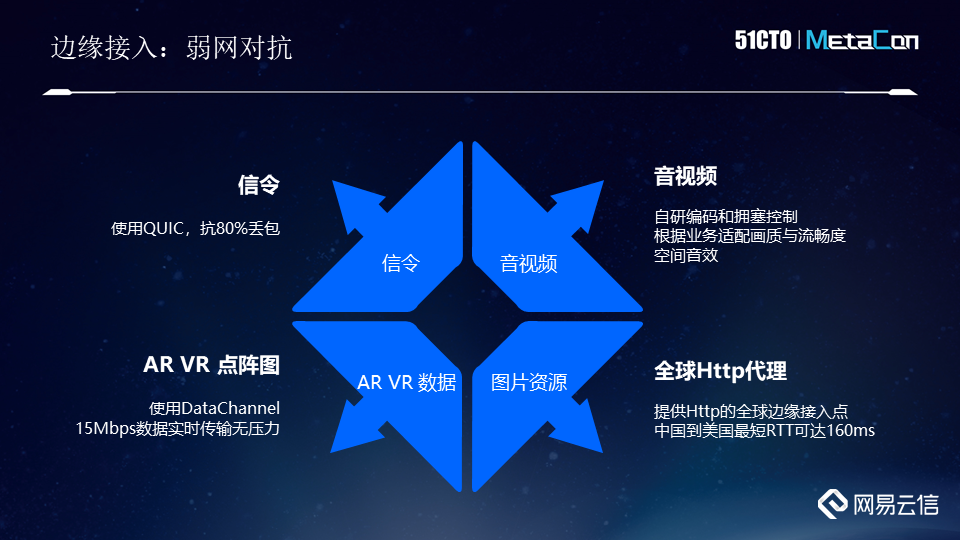
Big network transmission
In order to solve the problem of transmission quality between networks, NetEase Yunxin launched the WE-CAN global intelligent routing network. WE-CAN (Communications acceleration network) is a large-scale distributed transmission network developed by NetEase Yunxin. complex network system.
For example, the RTT of the public network link between Beijing and Los Angeles is around 250ms, and the network is unstable, so it is easy for the data to be delayed in seconds before it can be successfully delivered.
WE-CAN solution ideas:
1. Calculate an optimal public network route between Beijing and Los Angeles;
2. The shortest route between nodes cannot overlap excessively, and overall planning and congestion control are used;
3. There is a certain QoS mechanism against weak networks;
4. In case of network jitter and machine failure, it can respond quickly and switch routes;
WE-CAN Architecture
WE-CAN consists of 4 modules:
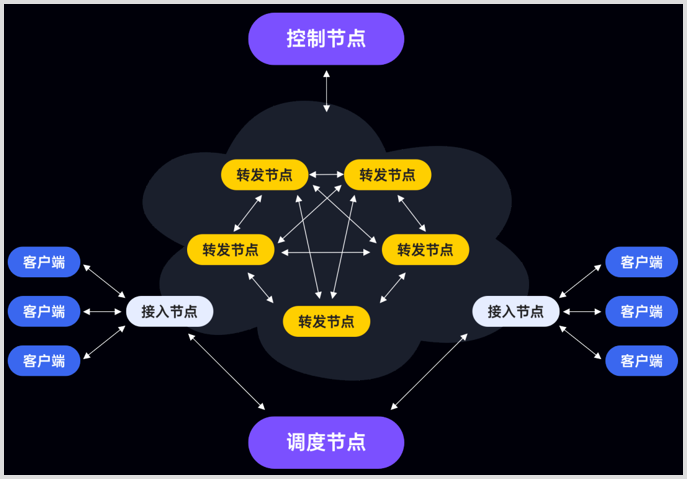
Scheduling node: responsible for access node allocation
Access node: responsible for internal and external protocol conversion, service classification, hot update and other functions
Forwarding node: core forwarding module, real-time detection between pairs, forming a full-mesh network, reporting rtt, loss, jitter and other information
Control node: collect forwarding node reports and make routing planning
Here we focus on the routing planning strategy of the control node.
route planning
(1) Link Quality Score
According to the reported information (rtt, loss, jitter), the MOS score of the link quality between any two nodes is calculated, and the calculated quality is divided into decimals between 0 and 1.

(2) Best path selection
a. Use the Dijkstra algorithm to calculate the shortest route between any two nodes. The multi-hop route score is the product of the quality score of each link. The more hops, the smaller the product, which is equivalent to a hop penalty. For example, the comprehensive score of the route A->B->C->D is 0.95*0.95*0.92 = 0.83.
b. All intermediate nodes of the optimal path are excluded, and the optimal path is recalculated as the second optimal path; and so on, k optimal paths are calculated.
(3) Congestion Avoidance The reason for calculating multiple optimal paths is to avoid congestion. After the first round of route calculation, aggregate all the best paths, and count whether each transit node exceeds the traffic threshold. If it exceeds the traffic threshold, it is considered as congestion, and the route of the route is migrated to the suboptimal path, and so on. After multiple rounds of calculation, we get The final routing table is synchronized to the forwarding node, and the forwarding node delivers data according to the routing table.
Fast obstacle avoidance
In addition to the shortest path planning, an excellent transmission network should have the ability to quickly avoid obstacles. WE-CAN mainly cuts into this problem from three perspectives.
- When the control node detects large-scale network jitter or machine downtime, it will immediately update the routing table and deliver it.
- There are mechanisms such as ARQ and FEC between forwarding nodes to combat sudden network packet loss.
- When the forwarding node senses that the RTT of the link becomes longer than the threshold, it will switch the sending route from the optimal to the sub-optimal.
Transmission quality comparison
Comparison of transmission quality between WE-CAN and public network from China to the United States:
- High-quality delivery rate: The rate of arrival rates greater than 95% in all statistical windows
- Latency: RTT
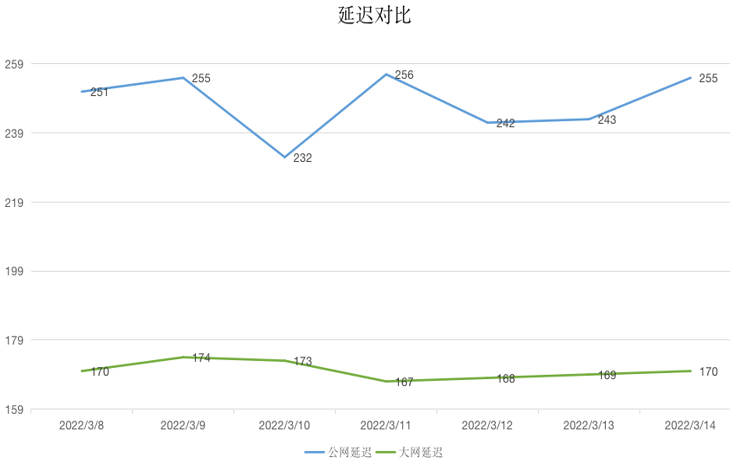
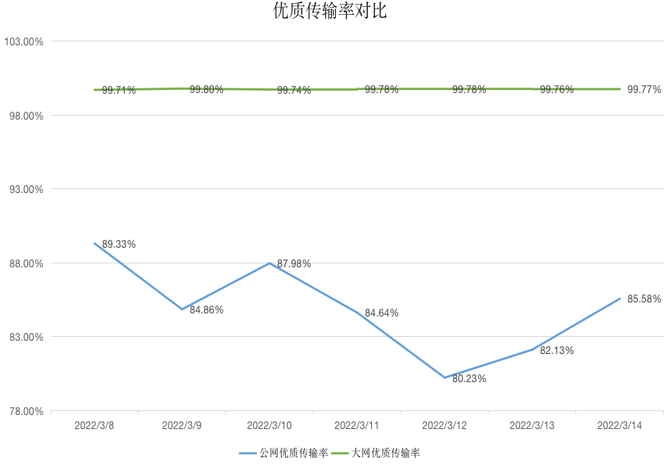
The application of the Metaverse landed
NetEase Fuxi Remote Sensing Machinery helps the digital transformation of traditional industries. In outdoor environments with poor network environment, excavators can be remotely controlled for production work through mobile phones. At the same time, it can be adapted to low-end mobile phones, and complex computing and rendering can be completed in the cloud. , to help improve production efficiency.
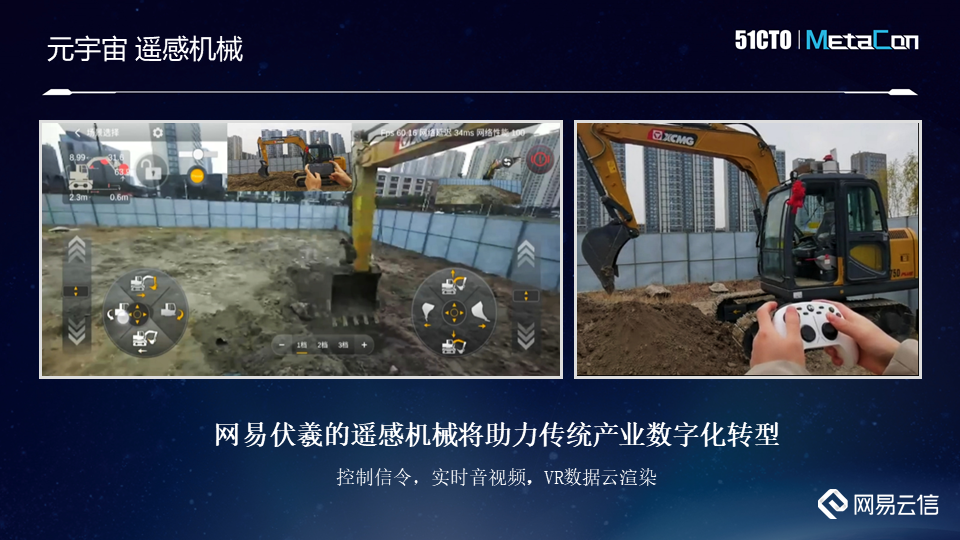
NetEase Yaotai is the first Metaverse product in China. Different from the single presentation method of traditional video conferencing, Yaotai has a more virtual immersion and can better meet the practical needs of the real world. NetEase once moved the venue of the Global Investor Conference to the virtual world of Yaotai. More than 200 investors from many countries around the world exchanged the latest news of NetEase's business through their own virtual images. The whole scene is based on NetEase Yunxin's WE-CAN global intelligent routing network and integrated communication capabilities.
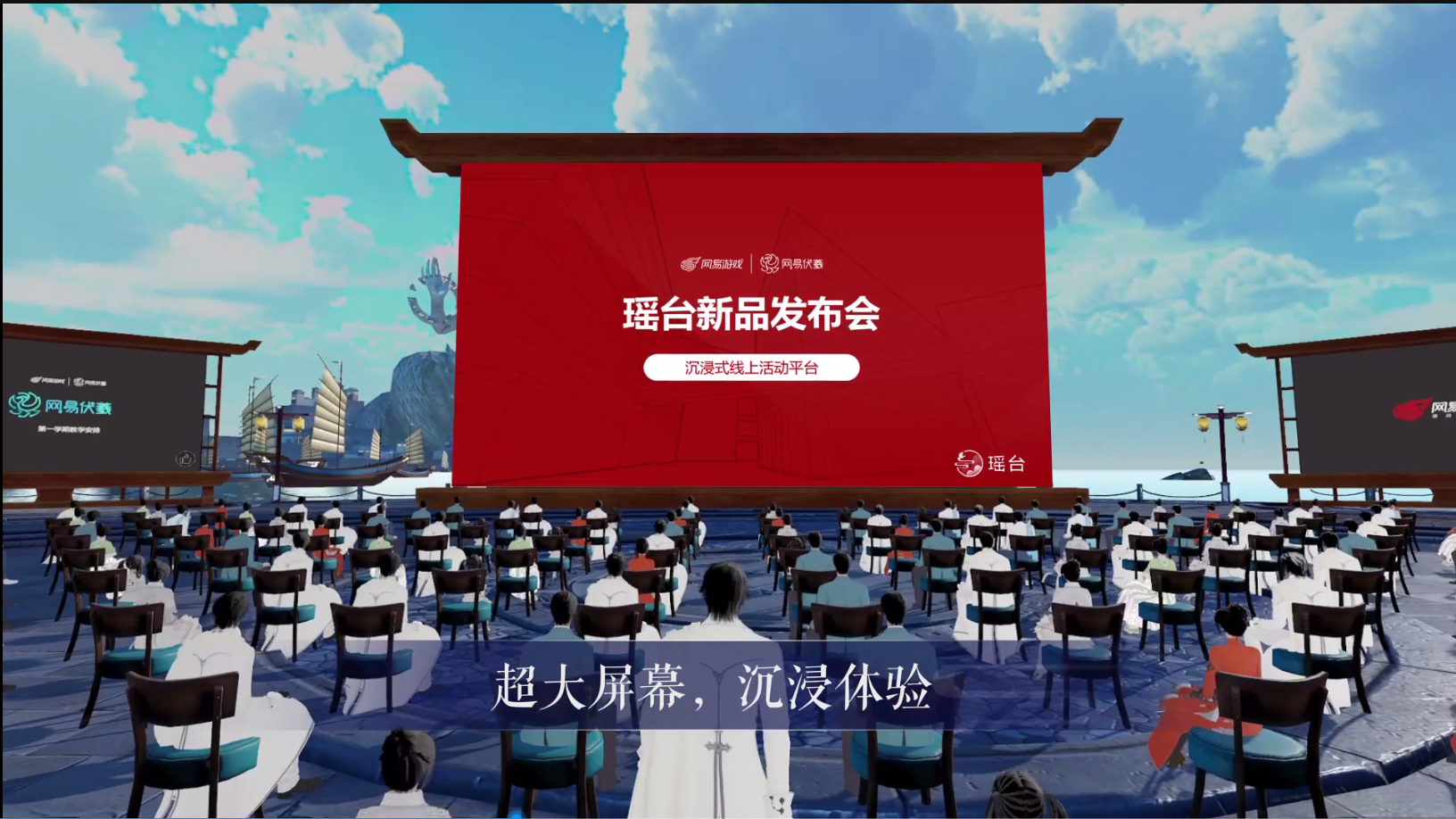
Netease Yunxin's virtual human solution can be applied to financial intelligent virtual customer service, Internet medical remote consultation, news virtual anchor, social entertainment virtual idol, intelligent virtual assistant, e-commerce virtual live broadcast and other scenarios. Compared with other virtual human solutions on the market, NetEase Yunxin provides a one-stop SDK. Users only need to connect to one SDK to have multiple capabilities such as virtual human, RTC, and live broadcast at the same time. At the same time, the first client and cloud dual rendering technology was created to meet the actual needs of different customers and scenarios.
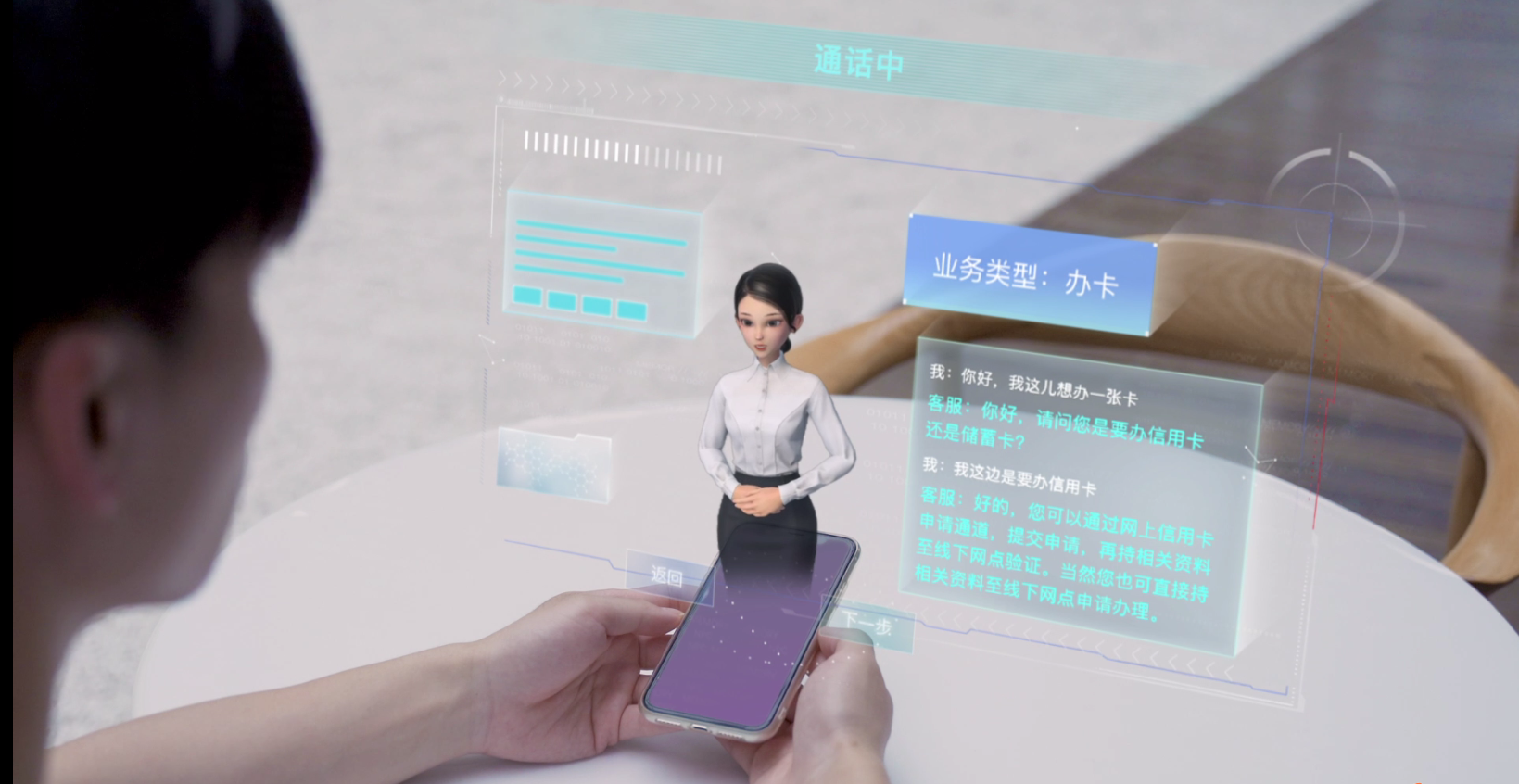
Epilogue
Mr. Liu Cixin believes that there are two paths in front of human beings, one is outward, leading to the sea of stars; the other is inward, leading to virtual reality. The former aims to explore the vast universe, while the latter actively explores the metaverse world. In this regard, Chen Ce said that although it is still unknown when the real metaverse will present its full face to the world, in the process of leading to the metaverse, key technologies and industries will gain huge opportunities for development, which will be of great significance to the future of human society. and business model changes have an important impact. In this process, NetEase Yunxin will also go deep into specific scenarios, gain insight into the real needs of corporate customers, and provide customers with better and more stable product capabilities and services.
The above is the wonderful content brought by Chen Ce, an expert in streaming media technology from NetEase Cloud. /metacon.51cto.com/.